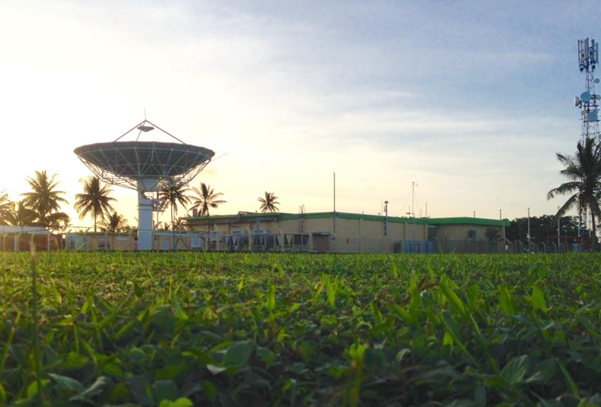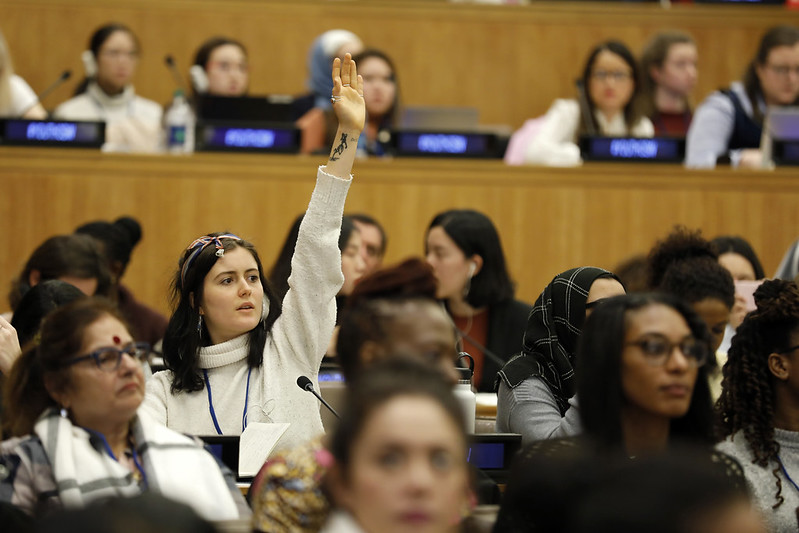The world—and Australia’s place in it—has dramatically changed since 2007. The time is ripe to revisit Australia’s foreign policy machinery. While Allan Gyngell and Michael Wesley’s Making Australian Foreign Policy provides a strong framework, a new assessment is needed to reflect shifting power dynamics, emerging threats, and the evolving machinery behind how Australia engages the world.
Usually, only fiction books are immune to the passage of time. Rarer still is a study of current affairs that remains relevant after almost two decades. But Allan Gyngell and Michael Wesley’s Making Australian Foreign Policy (MAFP), first published in 2002 and then updated in 2007, remains an incisive analysis of Canberra’s foreign policy machinery.
Consider this assessment of the four key debates in security policy and what they say about Australia’s perpetually contested strategic culture:
The first concerns the nature of threats to Australia’s security. It is broadly debated between those who prioritise traditional threats and those who argue that Australia is now vulnerable to a series of more complex, non-traditional threats. The second debate concerns the focus of Australia’s security interests: whether Australia should confine itself to regional security concerns or maintain a more global outlook. The other two debates are over what Australia should do to maintain its security. Perhaps the most enduring and basic of these is whether Australia should be self-reliant for its security, or whether, and to what extent, it should rely on alliances with powerful countries.
Viewed in totality, the book holds up well despite the passage of 18 years, with three Australian governments, six prime ministers, just as many foreign ministers, ten defence ministers, and four US presidencies intervening since the last edition.
But the book’s prescience is precisely the reason it demands updating (there has been no significant study like it since). If we take 1942 as the year Canberra truly acquired genuine autonomy in its external affairs, then more than 20 per cent of Australia’s independent foreign policy has occurred since 2007.
The political dynamics and bureaucratic structures sitting behind policymaking warrant at least as much attention as its substantive outcomes. Sadly, though, this remains an underappreciated dimension of Australian foreign policy since MAFP.
The essential insight of the book remains true today: that so much of foreign policy is contingent, driven by process and personality rather than grand calculations of power and statecraft. This means that the impacts of the contextual, policy and institutional changes of the past two decades on the practices, habits and structures of Australian foreign policy are critically underexamined.
A good place to start might be to revisit three major assumptions or predictions that Gyngell and Wesley made that, with the benefit of hindsight, have played out in unexpected ways.
Globalisation
First, the nature and course of globalisation. Gyngell and Wesley took a balanced view:
Far from being a helpless victim of globalisation, the Australian state is an active participant in the process, by turns shaping, resisting, exploiting and insulating against the forces of globalisation with purposive public and foreign policies for a range of expected benefits to society.
Flowing from this, the four challenges of globalisation that the authors identify for foreign policy have evolved differently.
On “diffusion”, the predicted expansion of foreign policy actors, interests and issues has only continued.
On “enmeshment”, the growth of multilateral and transnational governance has slowed and, in some cases, stalled (e.g., comprehensive multilateral trade liberalisation).
On “contradiction”, the authors rightly note the complex mix of upsides (e.g., trade-driven growth and international mobility) and downsides (e.g., transnational organised crime) to globalisation. For a long time, the balance was understood to sit clearly with the former: aggregate technological and economic efficiencies outweighing isolated, manageable problems. But in the wake of a pandemic, resurgent nationalism (especially anti-migration backlashes), international cyber-attacks, sharp power threats, and weaponised interdependence, political calculations have shifted to be more cynical of the long-term benefits of porous borders.
Finally, on “transformation”, Gyngell and Wesley argue that globalisation has seen an end to the severe ideological cleavages of the Cold War and strategic competition as the dominant frames of international relations. Economic competition, in their account, has taken its place. On this point, the course of history has proven to be quite different. New, geopolitically significant ideological divides have emerged, first between liberal democracy and authoritarianism, and relatedly between globalists and nationalists. Strategic competition has also returned, with major systemic rivalries unfolding between the US, China, and Russia.
Trajectories of the US and China
The second prediction concerns the relative trajectories of China and the US. Gyngell and Wesley understandably hedged on this in 2007:
China will not be a global peer competitor of the United States in the foreseeable future. Still, it is already exercising a combined political, economic and strategic influence on East and Southeast Asia, greater than any regional power before it. Australian policy-making, accustomed to an environment in which the country’s principal ally – first Britain, then the United States – has also been the dominant external power in the region, will now find it an often more sensitive and sometimes more difficult task to balance its political and security interests.
The US-China dynamic has, of course, evolved enormously, now sitting at effective parity in raw economic terms while Beijing has become a competent and assertive force in Asia, probably able to deny American military dominance in the region. Washington’s international prestige and moral ascendancy have been sapped by the GFC, “forever wars” in the Middle East, and Trump’s illiberal turn and degradation of institutions, notably USAID. Meanwhile, Xi has led China towards totalitarianism while enjoying relatively stable economic growth and implementing a more ambitious foreign policy.
This new great power dynamic creates a fundamentally different world for Australia than it was in 2007. It is harder for Canberra to balance its economic, political and security interests and perpetually defer definitive commitments. The adaptation of Australian foreign policy to this new reality demands close examination.
The machinery of Australian statecraft
The final assumption concerns the relative significance of Australia’s diplomatic and development tools of statecraft vis-à-vis defence and security. Gyngell and Wesley’s account centres DFAT as Australia’s primary foreign policy institution:
Several departments and agencies contribute to the foreign policy process, but the primary bureaucratic institution is the Department of Foreign Affairs and Trade (DFAT).
While this probably remains true, DFAT’s primacy is more contested than ever. Gyngell and Wesley acknowledged the budgetary squeeze on diplomacy even then: “While most parts of government have been subject to efficiency drives, DFAT has been more affected by resource-cutting than most.”
Since 2007, though, the centre of foreign policy power has shifted further from the RG Casey Building, with both the political class and other bureaucratic institutions – notably PM&C, Home Affairs, Defence and the intelligence community – taking on more influential roles.
This is reinforced by budget allocations: defence, intelligence, and security budgets have seen steady growth, whereas ODA and DFAT’s operating budgets have fluctuated year to year, remaining stagnant over the long term. With the status and influence of Australia’s diplomacy and international development arguably diminished – at least in relative terms – the implications of a more security-oriented foreign policy machinery should also be examined.
Gyngell and Wesley’s book remains a pillar of an (admittedly small) genre focused on Canberra’s foreign policy apparatus. But with globalisation, the US-China relationship, and Australian institutions all taking unpredictable paths over the last two decades, it is high time that the implications for the making of Australian foreign policy be revisited in depth.
Who will take up this mantle?
Hugh Piper is a director at Ancrum Advisory. He also edits The Policymaker, a digital publication of the Australian Public Policy Institute. Hugh has previously worked at the Tony Blair Institute for Global Change, the Asia-Pacific Development, Diplomacy & Defence Dialogue, and as a ministerial speechwriter and strategic policy adviser at the Department of Foreign Affairs & Trade. He holds a master’s degree in public policy from the University of Oxford and degrees in law and history from the University of Sydney.
This article is published under a Creative Commons License and may be republished with attribution.





